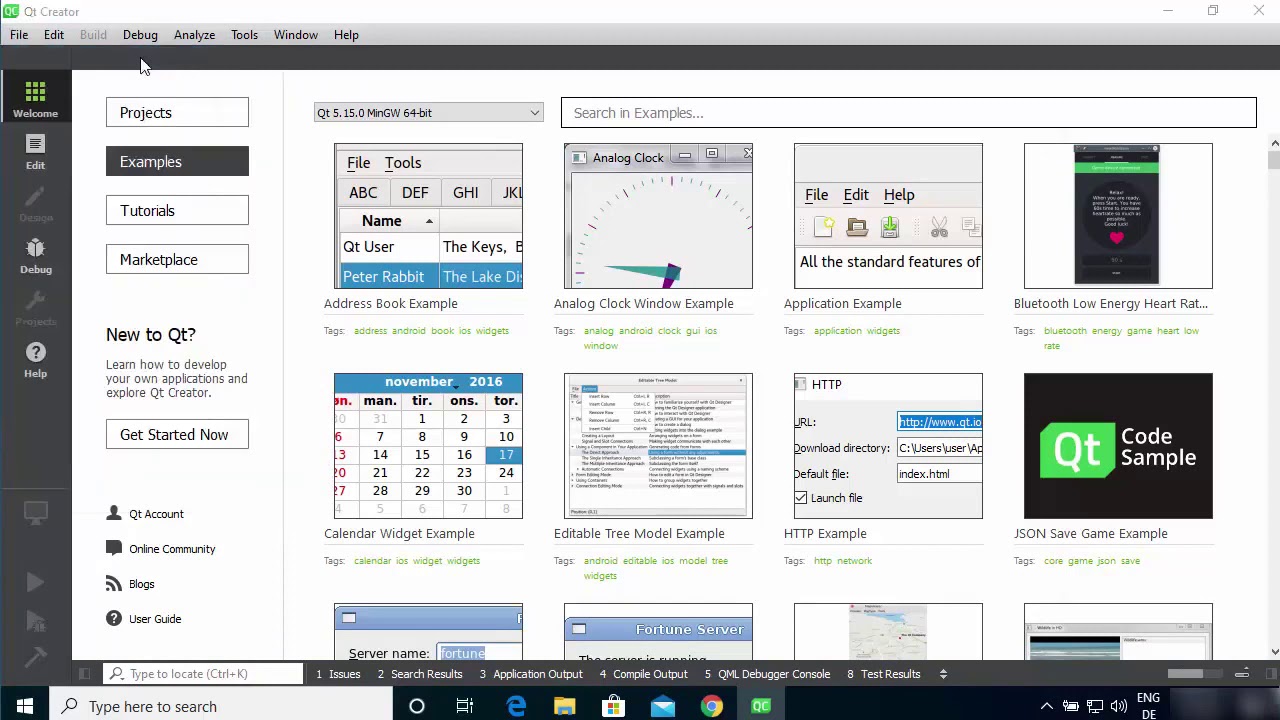

Since getTime() returns mili-seconds since 1st jan,1970, you can use () in case of days or similar implementations to handle any kind of input.The problem with your second example is that when you cast a.visittime to a date type it truncates it to the start of that day (removes the time component). That is go from this: SELECT dateadd (second, - (datepart (second, getdate ())), getdate ()) ERROR: function pgcatalog.dateadd ('unknown', double precision, timestamp without time zone) does not exist. The dateadd function does require an integer for the interval. The following example adds 30 minutes to a date value that doesn't specify a timestamp.

The default timestamp for a date value is 00:00:00. select datediff (qtr, '', currentdate) datediff - 40 (1 row) The following example joins the SALES and LISTING tables to calculate how many days after they were listed any tickets were sold for listings 1000 through 1005. Remove seconds from current date in Redshift (PostgreSQL) In Amazon Redshift I'm looking to convert the current timestamp to have 0 seconds. select dateadd(month,18,'') dateadd - 00:00:00 (1 row) The default column name for a DATEADD function is DATEADD.

I used the below query which works when an ended_at timestamp is present, however, when it is null, I need to have the next month populated until an ended_at timestamp is present. The input timestamp is truncated to the precision of the input datepart.For example, month truncates to the first day of the month. The goal is to associate the monthly amounts paid by a user to the dates when starting with only a start and end date. The date part to which to truncate the timestamp value. select datediff (qtr,, currentdate) datediff - 40 (1 row) The following example joins the SALES and LISTING tables to calculate how many days after they were listed any tickets were sold for listings 1000 through 1005. So if I had a created_at timestamp of, I would have a column with additional rows for, ,, etc. The default column name for the DATEDIFF function is DATEDIFF. When the dynamic type of SUPER isn't a number, Amazon Redshift returns a null. When the input is of the SUPER type, the output retains the same dynamic type as the input while the static type remains the SUPER type. For a list of valid day, month, and year formats, see Datetime format strings. The DATEADD function returns a new DateTime value by adding an interval to the specified date part of the specified date or timestamp. format A string literal that defines the format of the input string, in terms of its date parts. Note: While dbtutils doesnt support Databricks by default, you can use other packages that. Syntax TODATE ( string, format) TODATE ( string, format, isstrict) Arguments string A string to be converted. Redshift and Snowflake, but it likely works across most other warehouses. To add months in MySQL you can use: select DATEADD (creatdatetime, interval 2 month) AS DateAdd FROM appuser. This allows you to add or subtract a certain period of time from a given start date.

Question: How can I take a start timestamp (created_at) and end timestamp (ended_at) and add a column that adds 1 month to the start timestamp until the end timestamp. TRUNC returns the same data type as the first input argument. The DATEADD function in SQL adds a time/date interval to a date and then returns the date. Also have a dates table with all calendar dates that can be utilized.


 0 kommentar(er)
0 kommentar(er)
